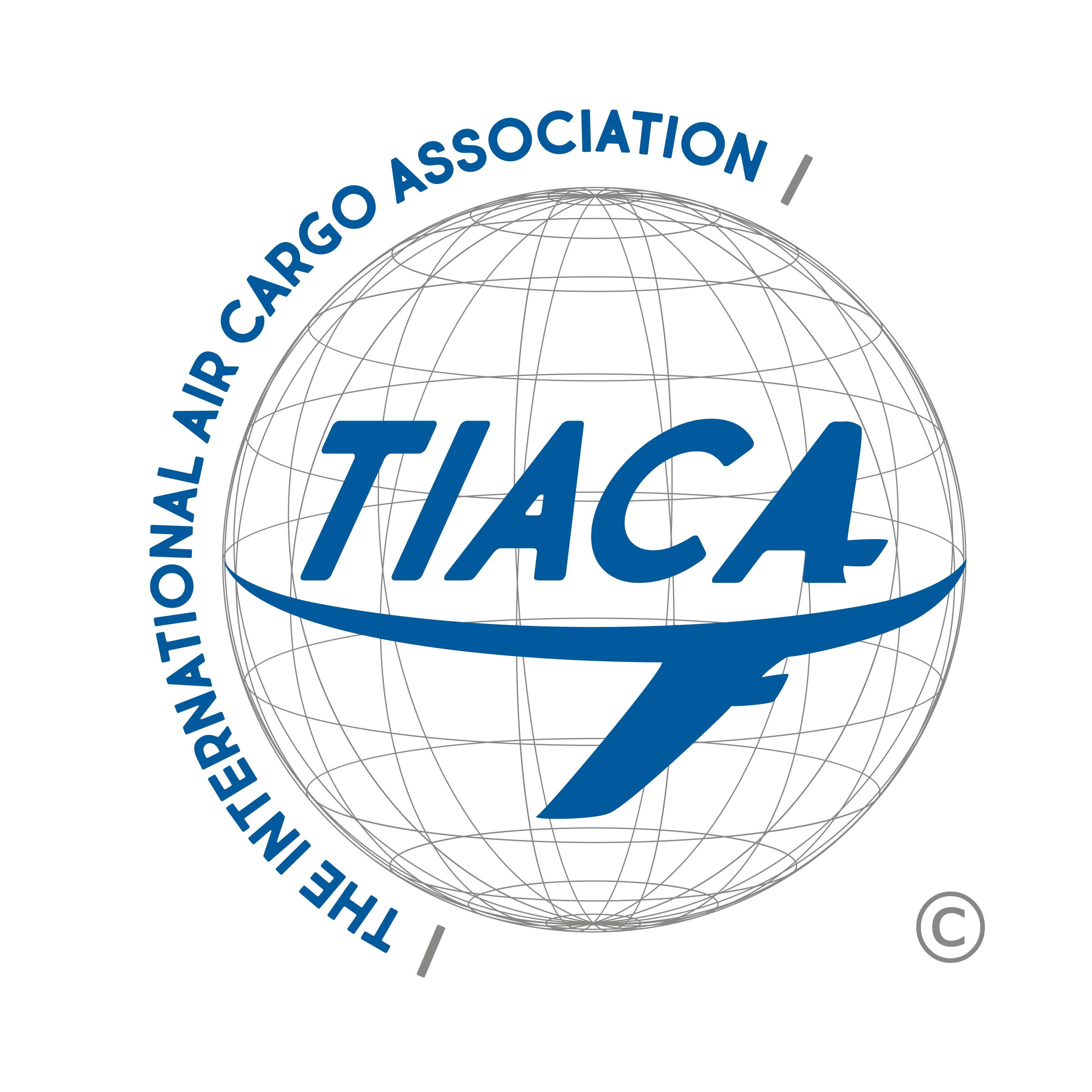Driving sustainability through technology and partnerships
Article submitted by Flexport – TIACA’s Sustainability Program Partner

Written by: Susy Schöneberg, Head of Flexport.org
Sustainability means finding a balance between social, environmental and economic pillars in all aspects of our lives. At Flexport.org , we’ve identified climate action as a critical area within sustainability — we need to do more, and we need to do it fast. Left untouched, the freight industry as a whole is projected to grow 4x by the year 2050, potentially generating 40% of global carbon emissions. Whether climate commitments are voluntary as seen in Apple’s recent 2030 carbon negative pledge, or incentivized by stakeholders such as Blackrock’s watchlist for climate issues, we’ve seen a deeper commitment to sustainability and climate action this year
across all industries and company sizes. It’s time to capitalize on technology and partnerships, and to make addressing climate change accessible to all parties.
Sustainability isn’t an exact science, and it doesn’t have a playbook. While there are various frameworks, groups, and guidance, every company’s approach and considerations may be slightly different. A sustainability leader in a company may need to tackle a wide variety of issues, from human rights in supply chains and equitable production to responsible sourcing and materials use. Logistics providers and carriers have an incredible opportunity to partner with shippers and provide necessary frameworks. We help each other lead, giving sustainability professionals the tools and systems they need for success.
A fundamental component of sustainability is measuring greenhouse gas emissions in all supply chains. At Flexport, we believe it should be easy and free, which is why we’ve developed new ways for companies to measure their emissions from shipments, such as a public carbon calculator API. Now, any company can measure emissions from both freight and parcel moves, whether they ship with Flexport or not. This builds on Flexport’s existing technology to automatically calculate greenhouse gas emissions for shipments in our platform, which users have access to on a shipment and an aggregated level. We partner to understand these emissions and use them as a baseline for reduction efforts. For what can’t be reduced, we offer an integrated carbon offset program to neutralize emissions from all shipments.
It’s imperative we remove as many obstacles from reducing carbon emissions as possible. Partnerships and technology will certainly help companies, but a critical component to success is utilizing a standard methodology to calculate emissions, so that all companies can compare apples-to-apples across their various sources. Without one standard, it can be extremely difficult to know what your emissions truly mean, and to compare it. Which gases are you including in your total? Is it Well-to-Tank to Tank-to-Wheel? Are your measurements the same across various modes, including trucking, air, ocean and rail? That’s why Smart Freight Centre’s Global
Logistics Emissions Council (GLEC) developed a consolidated Framework to encourage a universal methodology, and to make it easy to implement this in the industry. All of Flexport’s calculations, including our API, offline analyses and in-app measurements, are based off of this framework and we encourage all partners to do the same. By working together to implement the same standards, we can make it easier to start with baseline calculations to make reductions attainable.
Our goal is to make sustainability transparent and accessible. As an industry, we have a long way to go, and success isn’t possible without partnerships and collaboration. We encourage all TIACA members to join the Sustainability Working Group, or to get in touch with us today to discuss how we can work together for climate action.
